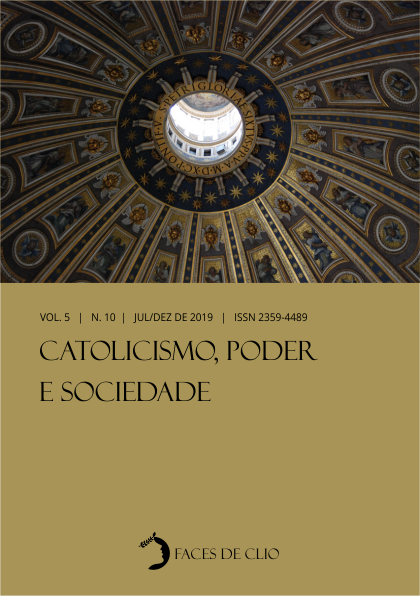“For all that is alive, die”
The black death in a parish of the Guanabara bay, Rio de Janeiro (XVIII century)
DOI:
https://doi.org/10.34019/2359-4489.2019.v5.28720Keywords:
Well-being death, Piedade do Iguaçu, XVIII centuryAbstract
The objective of this article is to analyze the representations and the practices of Catholic well - being death among individuals considered to be free black slaves in the parish of Nossa Senhora da Piedade do Iguaçu, in the Recôncavo da Guanabara, XVIII. Thus, we will work with multiple temporalities, between the short time and the long duration, in order to show through the case study of a free black slave woman, the similar religious eschatological practices among the free black slave population of this parish. Therefore, we opted for the analysis of testament and records of deaths; for the ecclesiastical documentations, fundamental to capture the sensibilities; and, for the practices about the wellbeing death among the living of the Seven hundred.


